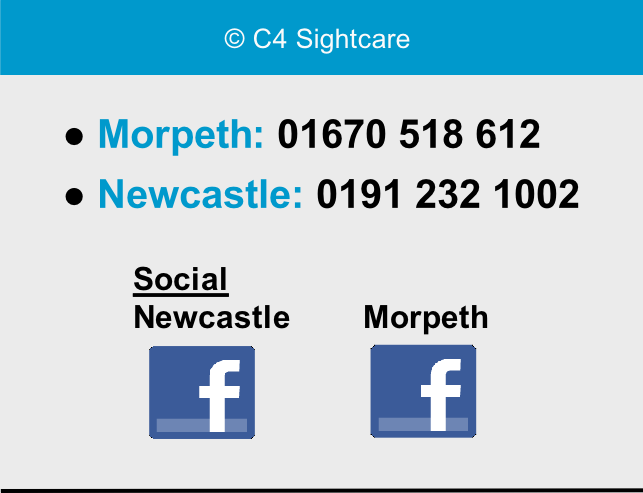






Types of Contact Lens
There are currently four main categories of lens:-
Hard Lenses
Hard lenses are made from clinical quality perspex. Oxygen will not pass through this material and the oxygen demands of the front of the eye (cornea) must therefore be satisfied by tear exchange behind the lens. Because of this, the build up of wearing times is fairly slow as the cornea adapts to the slight lack of oxygen. Generally unpopular due to poor oxygen transmission Patients who would benefit from a rigid lens will more likely use gas permeable.
Pros
- Easy to clean
Cons
- Lengthy Adaptation
- Less Stable
- Very Low Oxygen
Gas Permeable Lenses
Gas permeable lenses are made from modern plastics which allow oxygen to pass through the lens. In this way, the problems due to the lack of oxygen associated with hard lenses are virtually eliminated. Some patients, such as those with astigmatism, may achieve better vision with a rigid lens.
Pros
- Oxygen Permeable
- Less Spectacle Blur
- Less Adaptation
Cons
- Less Stable
- Initial Discomfort
- No cosmetic tints
- Expensive Replacement
- Dust can be uncomfortable
Soft Lenses
Soft lenses are made from hydrophilic plastics which absorb water to become flexible. It is the water content of the lens that allows the oxygen to pass through. The higher the water content, the greater the permeability. They require much less adaptation time due to their initial discomfort. This permits more flexible wearing schedules such as social / weekend wear. Also available in tinted designs, astigmatic prescriptions and even bifocals.
Pros
- Almost no adaptation
- Very stable
- Can be used occasionally
- Can be coloured
- Disposable
- Cheaper replacements
- Fitted from stock
Cons
- Less Durable
- Multi step cleaning
Silicone Hydrogel
A special type of soft lens with higher oxygen transfer then traditional soft lenses. Perhaps surprisingly they have low water contents, but their high silicone content allows gases to pass easily.
These new materials are
currently only available
in a few different designs,
but may represent the
future of contact lenses.
Pros
- Excellent oxygen permeability
Cons
- More expensive than standard soft
- Limited lens choice
MiSight Lenses
MiSight Contact lenses - these are soft, daily disposable contact lenses which have concentric zones which help deal with the peripheral blur. More info